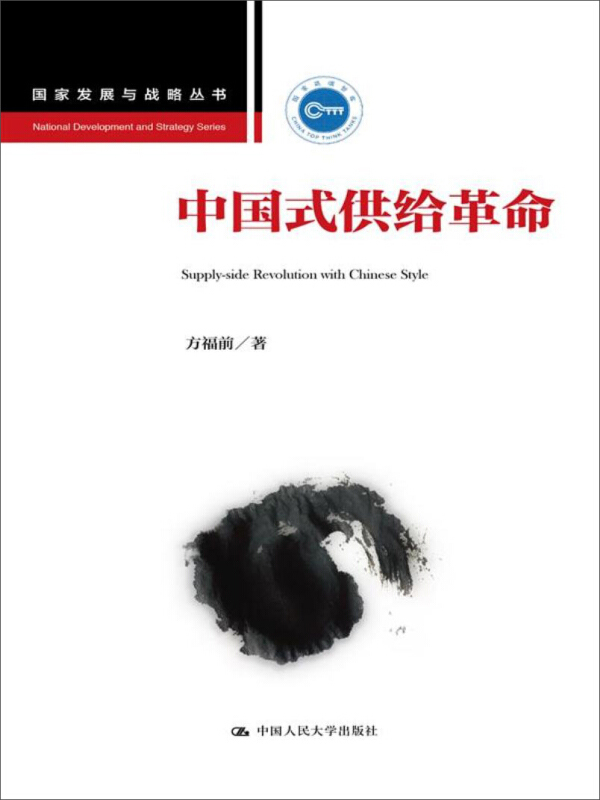Exploring China’s supply-side structural reform

Supply-side Revolution with Chinese Style
Supply-side structural reform is a top priority in China’s current economic focus. In Supply-side Revolution with Chinese Style, the author believes that supply-side structural reform theory also needs to be combined with the side of demand for analysis. Therefore, he provides an analysis framework between aggregate supply and aggregate demand. Under this framework, he reviews how China’s economy has transitioned from supply shortage to supply excess over the past 40 years of China’s reform and opening up and theoretically analyzes the supply-side cause and institutional cause for overcapacity.
In particular, regarding changes in economic trends since the global financial crisis in 2008, the author objectively evaluates the positive and negative effects of large-scale stimulus measures driven by the 4 trillion yuan ($585 billion) fiscal investment; Furthermore, he compares and analyzes the different effects of the stimulus measures after the 1997 Asian financial crisis and after the 2008 financial crisis.
The author proposes that the supply-side structural reform needs to implement a three-step strategy. The first step has a symptomatic focus: Mainly through measures such as cutting overcapacity, reducing excess inventory, deleveraging, lowering costs and strengthening areas of weakness, it aims to alleviate the serious imbalance of industrial structure in a short period of time. The second step has a consolidation focus: It mainly utilizes economic restructuring, optimization and upgrading to build a healthy economy. The third step has a fundamental focus: It mainly uses institutional reform and innovation to solve supply-side structural problems. Noticeably, the author emphasizes that the three steps are not completely separated in time, but should be part of a process of cross-implementation and gradual deepening.
From the supply-side perspective, the author proposes a new dynamic view of China’s economic development, namely, the “three-engine” theory. The first engine will improve the quality and efficiency of production factors, including advancing the quality and skills of workers, improving material capital and land quality, and enhancing entrepreneurship. The second will optimize and upgrade structures, such as the supply and demand structure, industrial structure, urban and rural structure, virtual and real economic structure, and ownership structure. The third will improve total factor productivity (TFP) through independent innovation and technological progress.
This book examines the theoretical source of supply-side structural reform from the perspective of the history of economic thought, and it argues that the theoretical source is classical economics. At the same time, the author emphasizes that China’s supply-side structural reforms are based on the real needs of China’s economic development and reform practices and not on any particular ready-made theory.
edited by YANG LANLAN
